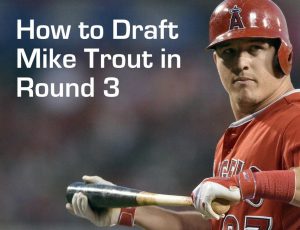None of North America’s major sports leagues are currently playing games, but the NFL is in the midst of one of its biggest weeks of the year, and Pro Football Rumors is covering all the action.
The NFL’s free agency period kicked off on Monday with a series of agreements on major deals, including the Texans trading DeAndre Hopkins to the Cardinals, the Vikings sending Stefon Diggs to the Bills, and Amari Cooper reaching a $100MM deal with the Cowboys.
Tuesday began with Tom Brady dropping a bombshell, announcing that his time with the Patriots has come to an end. Brady’s eventual landing spot is one of the biggest NFL offseason questions still to be answered, but Pro Football Rumors is keeping tabs on every potential roster move, big and small.
If you’re suffering from hot stove rumor withdrawal and you’re an NFL fan, be sure to follow PFR (@pfrumors on Twitter) for all the latest offseason updates.

